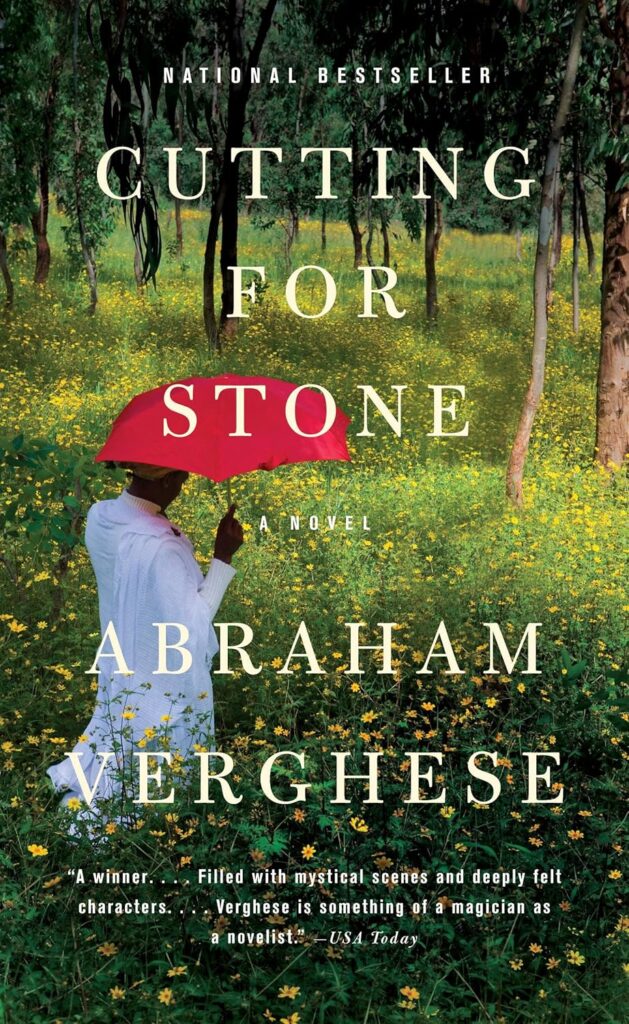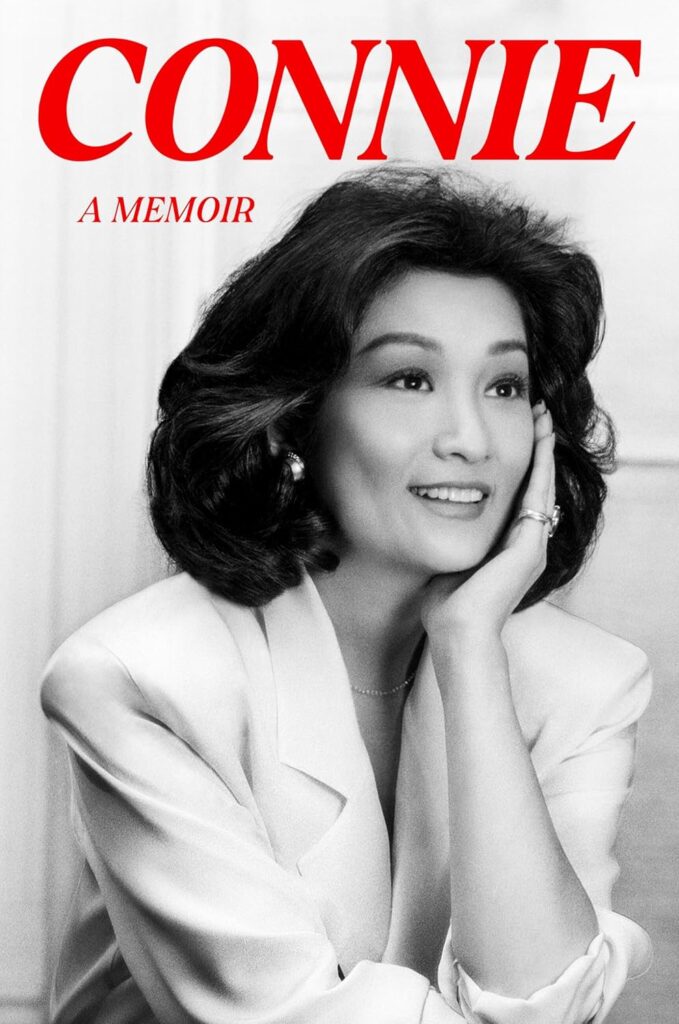“The woman of the mountains leads a difficult life, while the man is lord of the household.”
….The Giver of Stars
The Giver of Stars, an historical novel by Jojo Moyes, is a gripping novel that takes place in southern Appalachia in the little town of Baileyville, Kentucky, 1937.
Margery O’Hare was one of the first in her community to respond as a Packhorse Librarian, a part of the Works Progress Administration (WPA), the United States government’s New Deal agency, that would employ millions of unemployed people to carry out public works projects. She took her job seriously, riding her mule to remote homes in the Kentucky hills to deliver library books to those families who would not otherwise have access to them. Margery was often challenged, mostly by men, who did not approve of their families being subjected to “outside ways.” But Margery, stubborn as any man, carried on, convinced her work was important and indeed the salvation of their community.
Alice VanCleve, newly married to Bennett VanCleve whom she met in her native England, was disappointed with her new situation. Her husband insisted they live with his widowed father, who demanded that everything in the home be maintained as his late wife had left it. In fact, Mr. VanCleve dictated how everything should be, including his son’s marriage. To be useful and to get out of her stifling house, Alice joined Margery in the Baileyville Packhorse Library’s mission, much to her father-in-law’s dismay and disapproval.
Soon other women joined the Packhorse Library project, some over the objection of their families. But the women were dedicated to their cause and willing to deliver books despite steep and arduous roads or paths, scrambling over huge rocks or fallen trees, navigating narrow ledges, always keeping an eye out for snakes, and delivering books in all kinds of weather.
When the body of a well-known mean drunk was found, the incident created an uproar, false accusations, and an arrest, with devastating results.
The Giver of Stars is an excellent, well-written and informative novel. The author does an excellent job of depicting Appalachian attitudes and conditions in this time period. The Packhorse Library project, carried out by dedicated women, opened up the world for many families. This historical novel is rich in history with well-developed characters and a strong sense of place.











